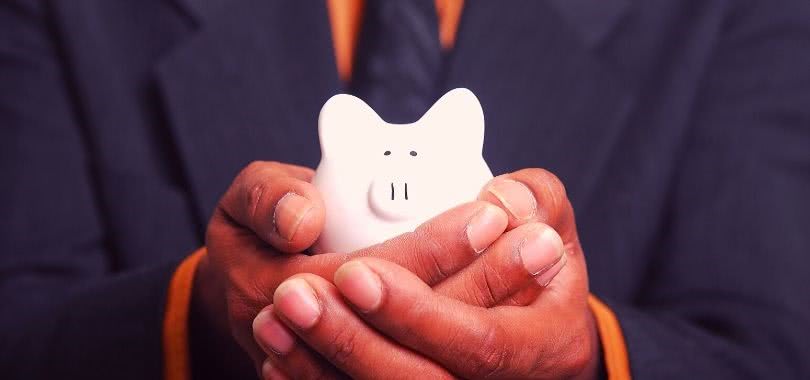Maybe you’re in the application planning stage or the waiting-to-hear stage or you’ve been accepted to college! (Congratulations!) Now the big question is: How are you going to pay for it?
In any situation when you want to buy something, you have to pay for it. Going to college certainly is no different. You have to pay an annual attendance fee or tuition and other fees and costs. Given the cost of tuition (and don’t forget the fees) to attend college, most students and a co-borrower such as a family member, borrow money or take loans from a financial provider. According to the Federal Reserve, there are 48 million student loan borrowers! Combined, there is an outstanding balance of nearly $1.57 TRILLION dollars in loans. Of these 48 million borrowers, approximately 45 million college students chose to pay tuition costs and fees using federal loans. These are funded by the government rather than private lenders.
Another available option to help pay tuition and fees is to apply directly to the college for financial aid to help cover these tuition costs and expenses. If you applied for and have received a financial aid package, it’s likely you noticed a loan(s) included as part of this financial package. Whether the student uses a loan offered by the government or private lenders, college loans must be repaid. There are consequences to non-payment.
Paying off Loans
If you take out college loans, you probably won’t have to start repaying them for several months after you graduate. This “grace period” can provide time for you to find a job and earn the money needed to pay the monthly amount due. But what happens if you can’t find a job or, you just don’t earn enough money to repay the monthly amount due on the loan? In that case, the co-borrower could become responsible for repayment. What happens if your co-borrower can’t repay the loan? Then the loan would go into non-payment status or default.
What Happens When You Default on a Student Loan?
When you don’t make payments, the lender will send a notification to the credit bureaus. The credit bureaus provide this information to other potential creditors such as credit card companies which use the information to determine a consumer’s credit score. This score reflects their ability to repay a loan or make credit card payments on time.
The notification from the lender indicates that because of the missed payments, you are now in “default.” This non-payment status will remain in your credit file and impact your credit score. You might be able to “rehabilitate” your credit by making timely payments for a definite period. While it could take up to seven years or more, the loan provider may eventually remove the default notice from your credit report. But, the missed payments stay on your credit report and will impact your credit score.
Not paying or defaulting on a loan can have serious consequences. If it is not repaid, the loan provider will notify the credit bureaus. If a borrower – the student and a co-borrower such as another family member – does not repay the loan timely, they may be subjected to a variety of expensive penalties including garnishment.
What is Student Loan Garnishment?
Garnishment is an option a lender may use to recoup money when a loan is not repaid. It is a process where the lender seeks to be reimbursed the money the borrower owes. In the case of multiple student loans, the total amount of all loans is usually demanded by the lender. Student loan garnishment is the taking of a portion of any income earned by the student and/or the co-borrower in order to repay the loan. Any income can include Social Security payments but, while the lender could initiate garnishment of Social Security income, there are certain limitations on the amounts which can be taken.
How to Stop Student Loan Garnishment?
How can you avoid or stop student loan garnishment when you can’t repay the loans? Check with your lender first. They might be able to help you avoid student loan garnishment altogether. They could agree to have you make “interest only” payments which may reduce the payment amount or, the payment amount could instead be based on a percentage of available income. But, the interest will continue to be added to the loan balance or “accrue” which will impact the amount you will need to repay.
What Is Student Loan Tax Garnishment?
So what happens if you or the co-borrower can’t make payments and the loan is in default? A loan provider wants to be repaid; that’s their business. So, they have the right to collect loan repayment monies in other ways when the loan isn’t paid and goes into default or non-payment status. This includes tax refunds. If you are expecting a tax refund, you may not get it if your loan is in default status. If you receive a “tax offset notice” or a “tax garnishment notice” from the Treasury Department, expect to have the full amount of your tax return garnished and applied directly as a payment on the outstanding loan balance.
Keeping current with your student loan repayments is important for your financial future.
Do you need to refinance your student loans to make them more affordable? Find and compare refinance rates today.






